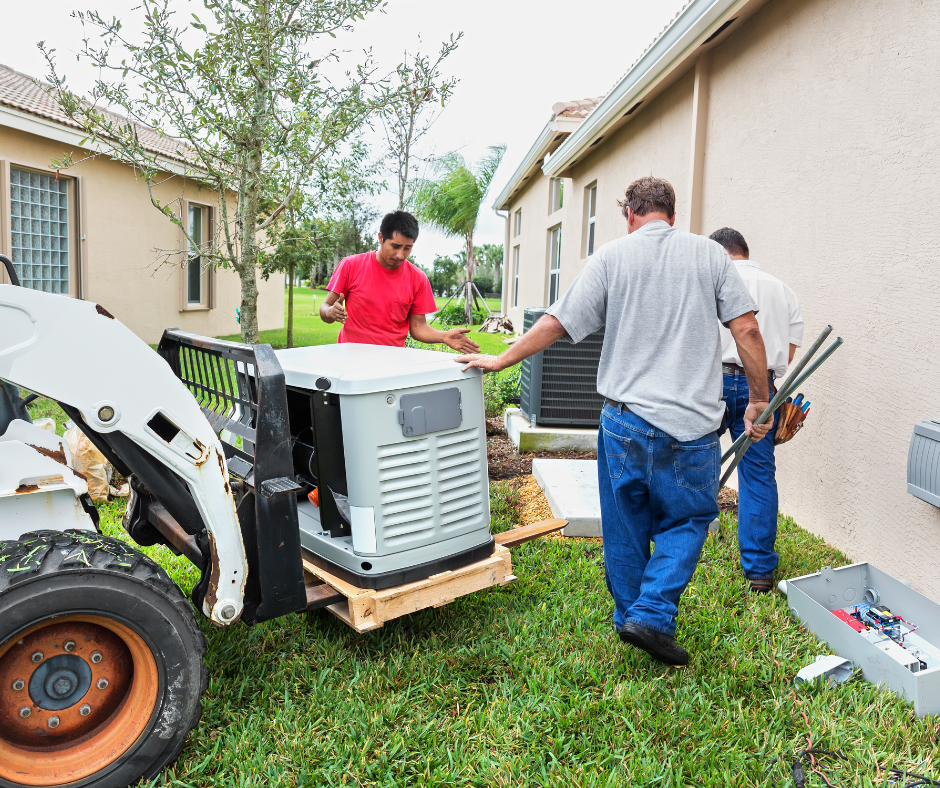
Ready, get set, go! Hurricane season is upon us. We’ve already had Tropical Storm Bill, which dumped another foot of rain on a water-logged Texas coast. As Bill was moving north to visit folks in Oklahoma, those of us who were left behind were gratefully pondering how best to prepare for The Season.
More Americans Live in Storm Path
There’s a reason why these issues are so visible on the radar screen these days. NOAA tells us that nearly 4 in 10 Americans now live on coastal waterways. Population density along these shorelines tends to be more than four times higher than the population density in the United States as a whole, with no slowing in sight. Granted, there are natural disasters that don’t appear very often in Texas or Florida or Louisiana— think blizzards— but most dramatic weather events have at least a passing association with the southern states and the coastlines. Hurricane Katrina, anyone? Sandy? In fact, Galveston, Lake Okeechobee, Louisiana and the Sea Islands near Savannah were the scenes of five of the most deadly hurricanes in US history.
Much of the devastation was due to the fact that management and planning were almost non-existent in those days. Shelters, radio alerts, evacuations . . . all to come. However, our safety guidelines and preparedness in this day and age are somewhat offset by the fact that many more of us are in the path of the storm.
So have you taken some steps to make sure your photo doesn’t appear among the missing? You already know the time-honored tips: Keep a supply of clean bottled water on hand. Buy a standby generator, if you don’t have one. Install a sump pump if your basement gets flooded on a regular basis. Since basements often contains expensive pieces of machinery like furnaces or water heaters, it makes sense to have a sump pump that will alert you as soon as water is detected near them.
You might also want to buy or build some hurricane shutters. These went out of style after the plantation era, except for the pricey ones you see in the home-furnishings catalog. But they do protect windows from storms, hail and high winds.
Shut off your AC unit if the power fails, and wait several minutes to restart it after the power returns.
You probably tips of your own, precautions you’ve developed while living in that high-risk and beautiful area. Why not share? (Before the next storm, please.)
